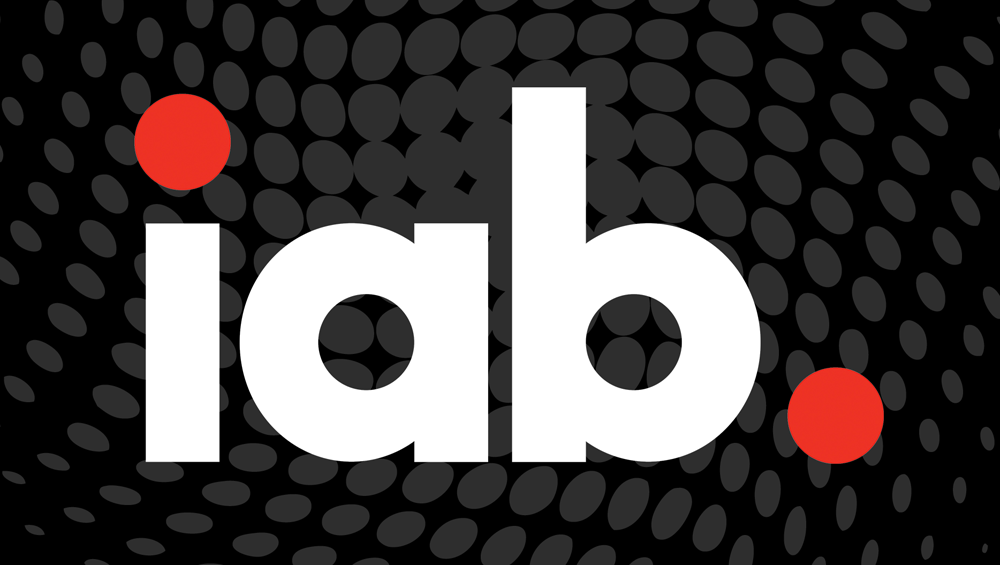
IAB: Digital Industry Moves Aggressively To Privacy-By-Design,
Today, the Interactive Advertising Bureau released its annual report, State of Data 2024: How the Digital Ad Industry is Adapting to the Privacy-by-Design Ecosystem.
The study, conducted by IAB in partnership with BWG Strategy, surveyed more than 500 advertising and data experts at brands, agencies and publishers. It reveals the substantial operational and financial adjustments being undertaken by the digital ecosystem as it moves towards a privacy-by design architecture.
“The meaningful investments being made are proof positive of the industry’s commitment to a privacy-first orientation,” said David Cohen, IAB CEO. “Executives are taking notice and funding the right initiatives for the next stage of industry growth.”
Key findings from the study include:
Nearly all (95%) advertising and data decision-makers at brands, agencies, and publishers expect continued signal loss and/or privacy legislation in 2024 and beyond.
The industry is investing in hiring new subject matter experts (SMEs), updating training for their staff, creating dedicated teams, expanding their legal expertise, leveraging new technology, and increasing first-party data efforts.
Eighty-two percent of the respondents said the makeup and structure of their organizations have been impacted by legislation and signal loss. Nearly 80% are training or planning to train their staff directly in data/privacy-related topics, while half of companies are creating or planning to create dedicated teams/departments (49%) and hiring or planning to hire external SMEs (48%).
Respondents believe the new paradigm will challenge targeting, personalization, and measurement.
More than half expect it to be harder to track conversions overall (55%), post-view conversions (52%), attribute campaign/channel performance (55%), measure ROI (55%), make optimizations (50%), and measure frequency (50%) and reach (47%). Nearly nine-in-10 ad buyers report shifts in personalization tactics, ad spend, and their mix of first, second, and third-party data. Over three-in-four cite selection changes in media channels and KPIs, along with more seller-direct deals.
To improve data quality, brands, agencies, and publishers are turning to first-party data and data-enrichment tools.
The study found that 71% of brands, agencies, and publishers are currently or planning to grow their first-party datasets, nearly twice the rate of just two years ago (41%).
“To tackle data quality challenges, it’s crucial for brands, agencies, and publishers to continue to adopt innovative analytical methods including artificial intelligence (AI), machine learning, and media mix modeling that are less dependent on tracking signals and third-party cookies,” said Angelina Eng, IAB VP measurement, addressability and data center.
The shift to privacy-by-design is transforming media planning and buying.
Ad spend that taps first-party data and engages audiences at scale are being prioritized. Nearly nine-in-10 ad buyers report a shift in message personalization strategies (89%), ad investment costs (87%), and over three-in-four cite selection changes in media channels (81%) and KPIs (79%), along with more seller-direct deals.
Ad buyers are shifting budgets to connected TV, retail media, search, and social networks which rely less on cookies, provide access to valuable first-party data and precise targeting, and contain embedded measurement.
Overhauling and reinventing data processes is a costly sea change that will hurt small and medium-size publishers and favor giants.
Large companies are investing more in identity anonymization training (79%) than small companies (64%). They are also investing more in training in privacy-preserving technologies (62%) — which can cost over $2 million annually — than small companies (44%).
Signal loss is already pushing advertising budgets toward closed ecosystems at a moment when independent publishers can least afford to lose revenue.
“The industry’s embrace of privacy-by-design is the right thing for the industry and consumers alike,” Eng continued. “But if small independent publishers aren’t protected, the vibrant, independent open web that consumers love is at serious risk.”
The study, State of Data 2024: How the Digital Ad Industry is Adapting to the Privacy-by-Design Ecosystem, can be downloaded here.
































Comments (0)